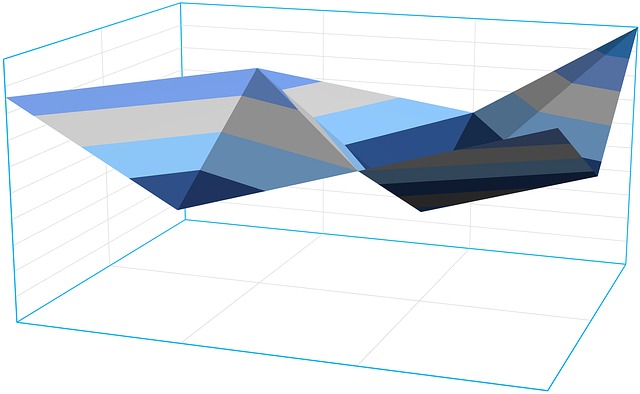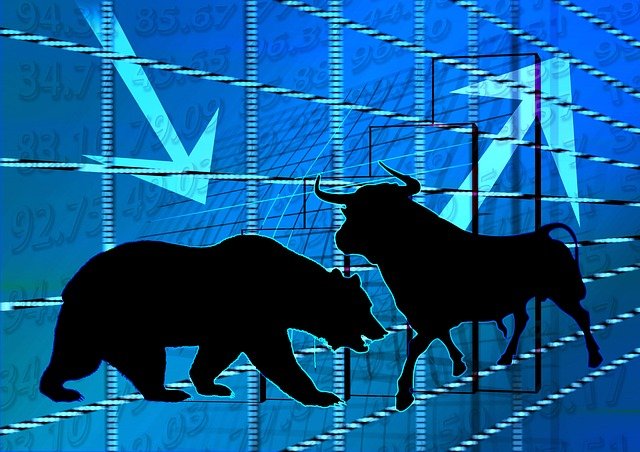What is Performativity in Economics?
The theory of performativity suggests that financial or economic models instead of objectively assessing the reality of a certain aspect rather, help shape the reality of that particular aspect to what the model portrays. In other words, it is the idea that economic theory doesn’t just define what the universe is, but can influence the world and help make the economic system and the actors within it — appear more similar to the theory it describes.
Understanding Performativity
Performativity broadly refers to the social phenomenon that occurs when an utterance or inscription, model and so on. is able to impact the world it is attempting to describe. The philosopher of language J. L. Austin came up with the idea of this phrase as a reference to the term “performative speech” to distinguish words which perform something and those that reflect on the current state of affairs. 1
The words that alter or change the way in which the world operates. For instance, “I now pronounce you man and wife” said by anordained priest changes “bride” or “groom” in “husband” or “wife,” not only symbolically, but also in social actual. This social reality manifests by the acceptance of religious and cultural norms and treatment under the law as well as changes to the tax system and household finances for just some.
If an economic model that describes such things as the efficiency of markets or the method of pricing an asset is released to the market it is able to modify the structure in order for the market to adjust to follow the model rather than the model merely describing the market. Economic socioologist Donald MacKenzie proposes three manners of economic performance. He names the strongest and most intriguing kind “Barnesian” (after Barry Barnes, a scientist and sociologist Barry Barnes). 2. 2. In Barnesian performance “the application of the economics aspect can make economic events more like the ones portrayed in economics.”
This is in stark contrast to the theories that scientists in the field of natural science develop. The formulas used in Newtonian physics doesn’t have any significant effect on the nature of gravity’s effects on huge objects or the wide-spread application of thermodynamic laws alter any measurement of the rate of entropy. Economics (as as well as various social sciences) differs in the sense the sense that what it “measures” isn’t existent in isolation from society. There is no economy worth studying without a person making consumption, borrowing, or investing.
Evidence of Performance
A well-studied case the concept of economic models that has become useful can be seen in that of the black-scholes-merton (BSM) model for pricing options contracts that streamlined the derivatives market in Chicago after it was presented for trading in the 70s and 1980s.
Based on this specific equation, which was calculated by computers and engraved with “theoretical” rates on sheets of paper as well as terminals, option traders were transformed from carrying out what was essentially an a shrewd guess when pricing and trading options to mathematical arbitrageurs who bought up options contracts that were priced too low , and selling them when they were priced at a premium. The market itself for options grew to continuously meet the costs “revealed” in the equation. According to MacKenzie claims, “financial economics…did more than examine markets; it changed the way they functioned.” This suggests that models of economics and finance are able to influence markets on a scale of the structural.
Other instances of performance have been observed in the development of market auctions (e.g. in the decision of FCC to auction bandwidth rights from TV stations FCC to auction rights to bandwidth from TV broadcasters to phone companies) to make them appear as intelligent and productive and rational auctions.
Counterperformativity
Though performativity argues that the pervasive use of an economic model can influence the world to appear more like the theory itself over time, the opposite concept of counterperformativity argues that the use of a model instead makes the world appear less like the theory would predict.
Although this might seem contradictory however, there are several examples. One of them is the widespread usage of modern portfolio theory (MPT) among index investing passive strategies. MPT employs a mean-variance optimization method to determine what is the best ” efficient” portfolio for investors and maximize their expected return , based on the risk tolerance of their. This results in an investment portfolio that has the best combination of asset class allocation weights.
The model is based on the assumption that markets function efficiently and, as a consequence it does not consider the price of assets rather, it determines what proportion of your portfolio needs to be invested in what types of assets (e.g. 40% stocks from the United States 25 percent foreign stocks as well as 25% corporate bonds and 10 percent Treasuries). An investor who follows MPT will simply buy the index-based mutual fund or exchange-traded funds (ETF) representing those asset classes at a market value. However, in the case of a strict rule that everyonein the market adheres to the guidelines of MPT there is no one left to decide on the prices of the components of these indexes, and markets are inefficient because of a lack of price information.
A second example of counterperformativity is the use of behavioral economics to “nudge” people to make more rational influence behavior to make for optimal outcomes. According to the theories of behavior economics humans are not rational, but commit systematic mistakes in judgement that are based on emotional and cognitive mistakes and biases. These psychological flaws can be found in loss aversion, inconsistent preferences anchoring, the endowment effect, in addition to various other issues.
The recognition of these errors and the application of corrective nudges based on the research of behavioral economics will help people make better decisions and to achieve more rational results. Therefore, the widespread usage of behavioral economics as a method to discipline or nudge people causes people to appear less like what the models of behavioral economics (and instead , more like the conventional economic models that assume that rational actors make predictions).







Leave a Comment